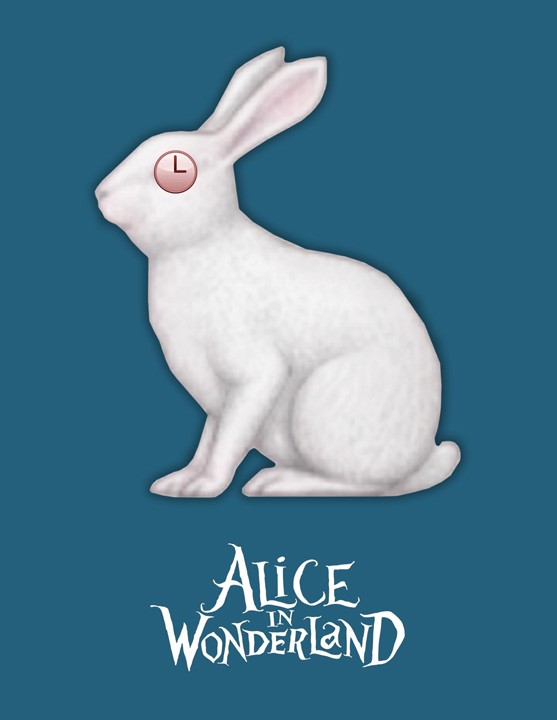5 things a customer should know
5 things a customer should know
An article by the Internet service for designers GoDesigner.ru about how important it is for a customer to understand all aspects of working with a designer.
Sometimes it seems that the notorious misunderstanding between some customers and graphic designers has always existed.
There are many things that designers dream of saying out loud to their clients, but they say to themselves out of professional etiquette.
However, there are five simple rules, remembering which, the customer will never become another nightmare for a graphic arts specialist.

You will receive exactly what you paid
There is no cheap but well-done corporate identity, layout or logo. In graphic design, this rule almost always works: the price of a service is directly proportional to the quality.
You shouldn’t try to save time and money by choosing designers with the lowest rate on freelance resources.
For a penny, beginners or those who treat design as a hobby work. At best, based on the results of the work, you just get an idea of the personal tastes of such a performer, but you will not solve your own problems.
Keep in mind that the cost of a professional designer’s services includes more than just the ability to draw or understand fonts. A professional approach assumes that the designer will identify the problems of your brand, monitor the market, study the visual style of competitors, understand the specifics of this industry in order to make a product that will truly meet your expectations and solve problems.
The designer is not a living application to graphics programs
When setting tasks, you should not try to tell what exactly and how the designer will need to do, what tools, colors or fonts to use. For example, when you form a technical specification, voice the impressions that you would like to get from the finished product, the emotions and associations that certain colors or graphic style evoke in you.
You can say that you would like to see your products more feminine or, conversely, aggressive, but do not ask to use pink or, for example, red.
If you don’t have years of experience as a graphic designer behind you, don’t annoy someone who has pseudo-professional advice. A person who received special education for a long time, then developed his skills and practiced, knows better how to solve the problem. Trust the designer you are working with and the results will surprise you.
Less is more. Don’t be afraid of empty spaces
Unfortunately, many clients believe that a good layout or, for example, a banner should contain as much information about his company or services as possible. “After all, money was not paid for an empty place?” They are afraid that a potential consumer will suddenly not find the information he needs and, because of this, will lose interest in the product or company.
But in reality, the potential consumer is not led by detailed information, but by a design that stands out among others. And having become interested, in the future he himself easily finds the missing information, say, on the company’s website: the era of passive consumption has gone into oblivion.
So, empty space, “air”, a blank sheet become the best background in order to really attract the attention of the eye and always look more advantageous.
Determine who is responsible for the project
If you delegate communication with a designer to another employee, make sure that you create the brief all together, with your chosen colleague and designer. Thus, each of you was clearly aware of what result you need to strive for.
There is nothing worse when, in the process of work, it turns out that there are several opinions, and each has its own vision of the future product. Contradictory edits that you propose to constantly make to the designer will only delay the process and cause confusion.
Work with those who believe in what you believe in
This thought, of course, does not only apply to graphic design. Find someone who looks in the same direction with you and shares the same values.
Cover photo and article: ShutterStock
…

